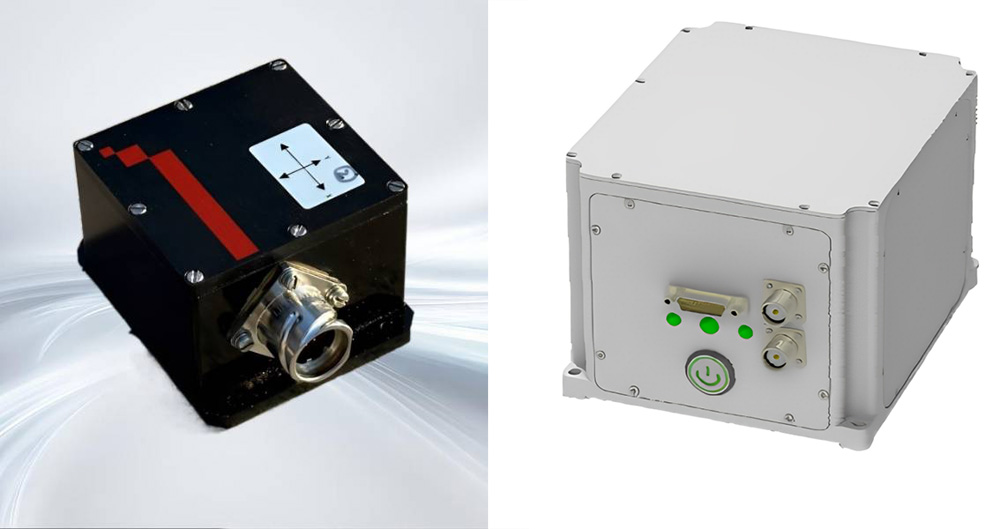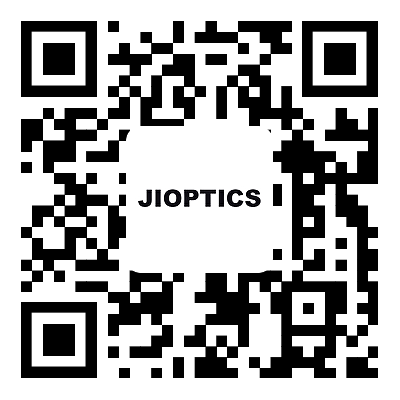In the next 10 years, these six new sensor technologies will develop very rapidly - JIOPTICS
2023-07-04
According to NATO reports and research, sensors will be one of the key keywords in future technological trends. New, distributed, low-power, and sensitive sensors can perform large-scale mesh structures and self-organization (ubiquitous sensing). This includes the development of passive signal sources (such as bioengineering), biosensor analysis, fusion and evaluation, as well as the progress of multi-sensor/multi domain sources and edge computing.

In the next 10 years, the technological development of new sensor technologies will be very rapid. Such developments include:
1. Biosensing technology has changed our lives and made humans stronger. For example, smart textiles will be equipped with molecular/nanometer sensors to provide real-time Health data; And it is expected that by 2030, environmental monitoring will also become universal worldwide; In addition, sensors are used to integrate humans with robots (such as Exoskeleton or replacement parts) and other mechanical devices to improve human physiological and neural performance.
2. The next generation Beyond the Horizon (OTH) and passive radar systems will provide wide-area airspace surveillance and adopt advanced data processing and Multiple Input Multiple Output (MIMO) technology. In 5-10 years, passive Over-the-horizon radar is likely to develop into a mature prototype. And the system will be fully deployed within a time frame of 10-15 years, with the detection distance of the target increasing from 350 kilometers to 1500 kilometers in this time and space.
3.In the long run, quantum sensing will trigger a revolution in sensing technology—— Enable ultra high sensitivity sensors to remotely detect aircraft, submarines, or underground environments. This capability allows for the development of smaller and higher performance sensors to monitor the health and performance of weapon systems.
4. Relying on a wide range of embedded sensors, the use of digital twins will become increasingly common in the next decade, including networks related to the manpower and information of such systems.
5.Computational imaging (CI) is expected to revolutionize EO/IR sensors and provide significantly improved sensitivity.
CI refers to image formation technology, which uses digital computing to restore images of a scene. Compression sensing (CS), also known as CI subset, involves capturing a small number of specially designed measurement values from a scene to calculate and restore image or task specific scene information. CS has the potential to use smaller arrays to obtain images with information content similar to large format arrays, with lower costs and bandwidth. More importantly, data collection can be designed to more flexibly capture specific tasks and task related information as guidance for scenario content.
CI can reduce system size, weight, power, and cost when enabled, while achieving target acquisition and situational awareness (multi channel imagers), extended perception range (non line of sight imagers, multispectral imagers), and multi-purpose imagers.
6. Microwave Photonics will provide higher performance, lower power and more powerful sensors and wireless communications in the battlefield.

In the next 10 years, the technological development of new sensor technologies will be very rapid. Such developments include:
1. Biosensing technology has changed our lives and made humans stronger. For example, smart textiles will be equipped with molecular/nanometer sensors to provide real-time Health data; And it is expected that by 2030, environmental monitoring will also become universal worldwide; In addition, sensors are used to integrate humans with robots (such as Exoskeleton or replacement parts) and other mechanical devices to improve human physiological and neural performance.
2. The next generation Beyond the Horizon (OTH) and passive radar systems will provide wide-area airspace surveillance and adopt advanced data processing and Multiple Input Multiple Output (MIMO) technology. In 5-10 years, passive Over-the-horizon radar is likely to develop into a mature prototype. And the system will be fully deployed within a time frame of 10-15 years, with the detection distance of the target increasing from 350 kilometers to 1500 kilometers in this time and space.
3.In the long run, quantum sensing will trigger a revolution in sensing technology—— Enable ultra high sensitivity sensors to remotely detect aircraft, submarines, or underground environments. This capability allows for the development of smaller and higher performance sensors to monitor the health and performance of weapon systems.
4. Relying on a wide range of embedded sensors, the use of digital twins will become increasingly common in the next decade, including networks related to the manpower and information of such systems.
5.Computational imaging (CI) is expected to revolutionize EO/IR sensors and provide significantly improved sensitivity.
CI refers to image formation technology, which uses digital computing to restore images of a scene. Compression sensing (CS), also known as CI subset, involves capturing a small number of specially designed measurement values from a scene to calculate and restore image or task specific scene information. CS has the potential to use smaller arrays to obtain images with information content similar to large format arrays, with lower costs and bandwidth. More importantly, data collection can be designed to more flexibly capture specific tasks and task related information as guidance for scenario content.
CI can reduce system size, weight, power, and cost when enabled, while achieving target acquisition and situational awareness (multi channel imagers), extended perception range (non line of sight imagers, multispectral imagers), and multi-purpose imagers.
6. Microwave Photonics will provide higher performance, lower power and more powerful sensors and wireless communications in the battlefield.



